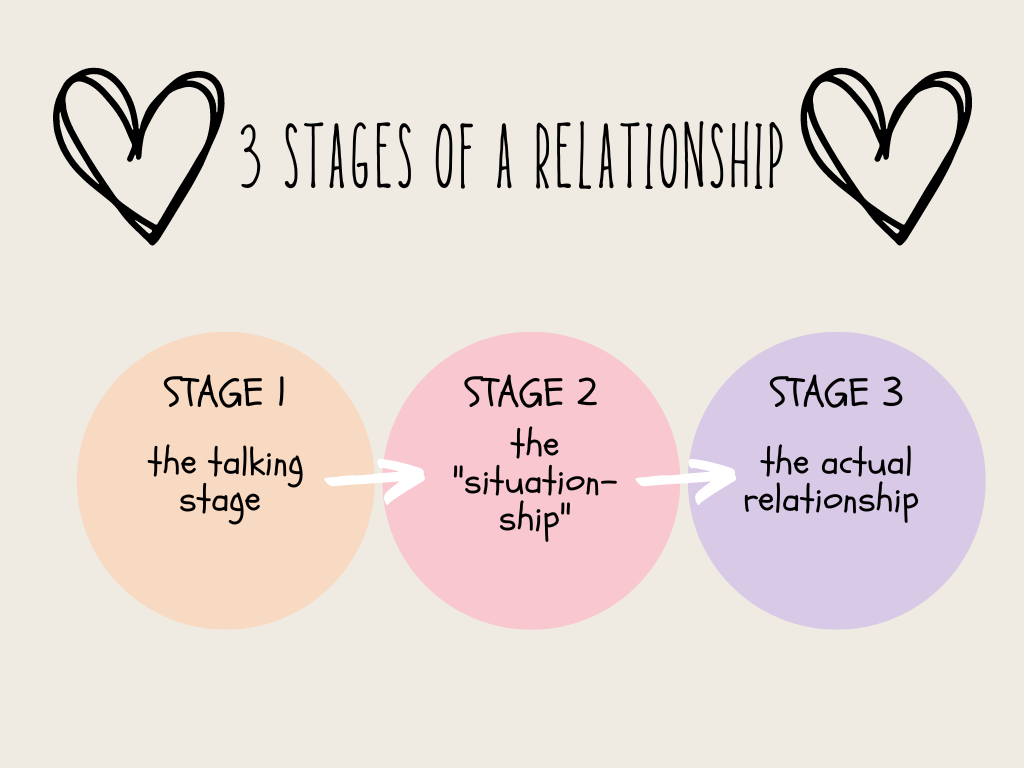So, I was messing around with this little project, an app to help organize some local community shindigs. You know, nothing too serious, just trying to keep tabs on who’s showing up, who’s helping out, that kind of thing. It all started off pretty straightforward, but then, as these things do, it got a bit more twisted than I first thought.

The Tangle I Got Myself Into
Okay, so I had my list of Events – ‘Summer Fair’, ‘Book Club Meet’, stuff like that. Easy. And I had my list of Users – the folks involved. Still simple. But then I hit a snag. See, a person might be an ‘Organizer’ for the ‘Summer Fair’, but just an ‘Attendee’ for the ‘Book Club Meet’, and maybe a ‘Speaker’ for a workshop we ran. How in the world was I supposed to track that specific role, for that specific person, for that specific event, without making a complete mess?
My first bright idea? Ha! I thought, “Oh, I’ll just add a ‘role’ column next to the user’s name in the event’s attendee list.” Seemed logical for about five minutes. Then I realized, what if someone was, say, both a ‘Volunteer’ and a ‘First-Aid contact’ for the same event? Or what if I wanted to quickly see all the events where Bob was a ‘Speaker’? My simple solution suddenly felt like trying to untangle headphone wires in the dark.
That “Aha!” Moment Over a Cold Coffee
I remember sitting there, staring at my scribbled notes. It felt like I was trying to connect dots that just didn’t want to line up. I wasn’t just linking an event to a person. It was more like I needed to connect three things all at once: the Event itself, the User involved, and the specific Role they played in that context. It was a three-way deal.
And then, it sort of clicked. I needed a special way to tie these three pieces of information together.
How I Set Up My “Three-Way Link”
So, here’s what I ended up doing. It’s not rocket science, but it worked for me.

First, I made sure my basic lists were solid. These were my main ingredients:
- A table for Events (each event had its own ID, a name, date, etc.)
- A table for Users (each user had an ID, name, contact, whatever)
- A table for Roles (this just listed the possible roles: ‘Organizer’, ‘Speaker’, ‘Volunteer’, ‘Guest’, each with an ID)
These were just plain, simple tables. Nothing fancy going on there.
The real trick was the next part. I created a new table, kind of a go-between. I called it something like EventUserRoles. This table was going to be my main connector.
Inside this EventUserRoles table, for every single role assignment, I stored three vital pieces of info:
- The ID of the Event (so I knew which event)
- The ID of the User (so I knew who)
- The ID of the Role (so I knew what they were doing)
So, a single line in this table might effectively say: “For Event #101 (‘Summer Fair’), User #55 (‘Jane Doe’) has Role #3 (‘Organizer’).” Another line might be “For Event #102 (‘Book Club Meet’), User #55 (‘Jane Doe’) has Role #4 (‘Attendee’).”

The neat part was that each line in this `EventUserRoles` table told a very specific story: ‘This person, for this event, had this role.’ Clean and simple. If John Doe was a speaker at Event A, that’s one line. If he was a volunteer at Event B, that’s another line. It kept things separate and clear.
I also made sure these IDs actually pointed back to real events, users, and roles in my main tables. I think the techy term is foreign keys? Basically, it just stops me from, say, assigning a made-up role to a non-existent user for an event that isn’t even planned. Keeps the data honest, you know?
And Just Like That, It Worked!
Honestly, once I set that up, it was like a lightbulb went on. Suddenly, getting the information I needed became a breeze:
- Want to see all ‘Speakers’ for the ‘Tech Workshop’? Easy query now.
- Curious about all the roles ‘Jane Doe’ took on across all events? Simple.
- Need a list of everyone at the ‘Summer Fair’ and what they were doing? Done.
It just made pulling reports and understanding who was doing what so much more straightforward. No more crazy spreadsheet formulas or trying to remember stuff.
My Two Cents on the Whole Affair
Look, I’m no database whiz, okay? I’m pretty sure there are textbooks thicker than my head detailing a dozen “official” ways to model this, and some expert is probably shaking their head reading this. But for my little event tracking app, this setup? It was a game-changer. Before, I was attempting to shove role information into places it didn’t belong, and it turned into a spaghetti mess whenever I tried to get specific info out. This ‘three-way relationship’ just made my life a heck of a lot easier for what I needed.

I think I burned through half a pot of questionable coffee that Saturday wrestling with this. My partner probably thought I’d finally cracked, pacing the room muttering about “users and roles and events.” But man, that moment when I ran my first query to find all organizers for a specific event, and it just worked perfectly? Pure gold. Totally worth the headache. Sometimes it’s these little structural things that make the biggest difference, even on small projects.


